|
As our 8:00 p.m. dinner is winding down on our first day at the Amboseli camp the staff announces that lion have been spotted approaching the nearby watering hole. An impromptu night drive is arranged and we gather cameras and hop into our vehicles to observe four lions (two pictured above) as they make their way to a nearby waterhole. A few elephants are already there and none are too eager to relinquish their spot. Our vehicles are equipped with large red lights which are shined into the grass to reveal the lions. And while it is fun to be out in the night air, the cats seem bothered by the lights and so I am ready to head back after a short drive. The next morning we are up early for breakfast and a full day game drive. The ultimate destination is Amboseli National Park, a 90 minute drive on dirt roads through the Selenkay Conservancy. Along the way we stop and head off road to follow lion tracks seen on the road. Remarkably, our driver sees these prints while driving 30 miles an hour. The lions elude us but we do catch a glimpse of the odd fellow above. He is a called a gerenuke. The long neck enables him to feed on trees and bushes at levels above where his gazelle cousins graze and below the tops that are so popular with giraffes. As we drive on toward Amboseli the terrain changes from bushy and tree filled, too more open but with frequent brush and trees and then, at parks edge, to a wide open grass plain with occasional acacia trees in the distance. The grasses are high, maybe 3 feet or more, and they are everywhere. There has been lots of rain this year. We have been driving for quite awhile, so our driver pulls us into a parking lot for a small airstrip within the park. We are the only ones there. A table is set out with refreshments and as we talk our eyes are drawn to a female ostrich. A male ostrich in the distance is heading her way. After they meet, short dance follows that seems not to impress the female. The disappointed male heads off until he spots another male heading his way. We watch with anticipation. When the two males meet they quickly begin interacting. A fight ensues that seems as much dance as fight but with plenty of contact. After about five minutes, the challenger prevails and heads off to try his luck with the reluctant female. We pack up to head further into the park. We proceed from the airstrip in our vehicle over more grassland to an area of marshes. The wildlife gets more and more abundant as we get close. Zebra, wildebeest, impala, elephant, secretary birds and more fill the marsh and its edges. Along the far horizon, are families of elephants marching toward the marsh in single file. Between the horizon and the marsh are many more families making their way to the marsh. The marsh itself is filled with life. Zebra, wildebeest, gazelles, warthogs, birds, elephants and rhinos are all either in the marsh or at its edges. Elephants are everywhere. On the hill heading to the marsh, at the edges of the marsh, in the marsh and even partially submerged in the marsh. This must be what heaven looks like to an elephant. I do not think I am doing the experience justice. Hopefully the pictures help. The temperatures are mild, the skies are open, and there are only a few safari vehicles on the road. In front of us is the marsh full of animals co-mingled by species and busy grazing or walking. We sit and just watch as family after family of elephants make their way down to and into the marsh and as zebra, hippo, wildebeest and gazelles graze. There are hippo too, in the marsh and grazing on its grasses. Eventually tummies begin to rumble, ours not theirs, and we make our way up to a picnic site on top of a nearby hill. From there we can see miles of grassland and the large marsh that fuels the parade of life we are witnessing. We are not alone. School buses unload groups of uniformed school children on holiday and other tourists fill the hilltop with us. It has been a full morning. -----
All photos and text are copyright Clinton Richardson. The images are from the author's Safari Collection at Trekpic.com. If you like these posts, please tell your friends about the Venture Moola blog at Readjanus.com. Want to plan your own safari? If so, feel free to check out the outfitter we used at Porini.com. And, feel free to share this blog. The more readers the better. Click here if you would like to get a weekly email that notifies you when we release new entries. Or, click in the side column to follow us on Facebook or Twitter. We were heartened to see this magnificent male on our second day at Nairobi National Park. We were tickled to watch from less than 30 yards away while the old fellow reached up with his hind leg to scratch behind his ear. It reminded us our our pet cat at home. As our trip progressed and we saw more and more lions lounging, playing and interacting, we would have this familiarity-reaction over and over. We also enjoyed the people we met as we traveled. Their varied backgrounds and experiences made for interesting conversation. I am sure we seemed quirky to some as some did to us. Like characters from a book. One Aussie couple fit that bill. He, at 84, was a retired barrister and businessman with an engaging conversational style that was peppered with pointed questions and good humor. He wore a baseball cap with an Australian flag on the back and was an ardent fan of Aussie football. There was an intensity to his conversation that reminded me of an eager law student who is full of new taught analytical skills. He and his wife were a comfortable pair but not overly organized, as we learned on our joint flight to the Porini Camp in the Selenkay Conservancy. They were late for our 5:45 a.m. ride to the airport and not too certain about where they were going. And he disappeared outside the entrance to the Wilson Airport before our flight causing some minor concern within the group. It turns out, he confessed to me on his return, that he had to find a private place to retrieve his passports from his underpants. As with all travel with Gamewatchers, we were escorted by their representatives from the camp until we were on our plane, a twin prop with twelve passenger seats. The flight to the Amboselli Camp was uneventful and low enough to take in the scenery below. We landed less than 90 minutes after we took off on a grass landing field near our camp. Our game drive spotter and driver were waiting for us with an open air Land Rover with six seats in two rows. After getting off the plane and learning our Aussie friends were headed, unbeknown to them, in a separate vehicle for a different camp, we unloaded our cameras and hopped into our vehicle for a game drive on the way to camp. We did not have to go far. Before we could drive 50 yards, we were surrounded by a tower of Maasai giraffe, more than a dozen spread out among the trees and brush before us. It was breathtaking. So many of these giants so close and busy feeding in the upper reaches of the trees around us. Below you can see an adult "nanny" giraffe with five younger giraffes and below that some of the younger ones making their way across a meadow to fresh trees. Our guides took us off road into the bush to get closer and we learned a critical difference between a conservancy and a national park. In the parks you stay on the roads but in conservancies you can go wherever your vehicle will take you. We arrived at the Porini Amboselli camp before noon and were shown to our tents. This camp was more open air and spread out. After lunch we had our first hot afternoon while we rested in our tent. It was not Georgia summer hot but something in the 80s. By 4:00 when we head out for our game drive it was already beginning to cool down. Our driver Julius and spotter Daniel, both Maasai, led us out into the conservancy in our open vehicle. Our companions were an English school teacher who worked in a private school in Nairobi and young married couple from Sydney. She was originally from Hungary and he from Brazil. This afternoon's drive culminated with a visit to a waterhole that was full of elephants. Next to the waterhole was a platform for viewing. We would spend the better part of an hour there watching the elephants and participating in our first sun downer, a tradition of safaris where you stop in the wild to watch the sun set and partake in refreshments. It was hard not to be fascinated with the elephants. There were at least 15 or 20 although it was hard to count because they came and went in small groups. They drank and splashed and rolled in the mud. The mothers interacted tenderly with the young and, of course, the young played. They were also quite jealous of their domain paying close attention to approaching groups of zebra and warthogs and running them off when they got close. And, while they did not seem to mind our being there, we were careful when exiting our vehicle to enter the platform and occasionally an adult female or male would give us a hard look. After our sun downer, we returned to camp for dinner and a surprise. More about that in next week's posting where we will also explore Amboselli National Park.
_ _ _ _ _ _ _ _ _ _ All photos and text are copyright Clinton Richardson. The images are from the author's Safari Collection at Trekpic.com. If you like these posts, please tell your friends about the Venture Moola blog at Readjanus.com. Want to plan your own safari? If so, feel free to check out the outfitter we used at Porini.com. And, feel free to share this blog. The more readers the better. Click here if you would like to get a weekly email that notifies you when we release new entries. Or, click in the side column to follow us on Facebook or Twitter. Okay, it is only fair that you get to see the outside of a tent after last week's image from inside. Here our guide is showing us to our tent at Nairobi National Park. It is your basic non-heated tent but with interior lights powered by the camp's solar batteries and the other amenities we mentioned last week. All of the tents we stay in at the four conservancies we visit will be like this one. You zip yourself in when you are there and zip yourself out when you are not. At night, you leave only with a Maasai warrior for an escort. Somehow, one always seems to be nearby when you need one. Remember, none of the camps are enclosed in any way. So animals wander through freely, especially at night. Over the nearly two weeks we "camp" out, the grounds near our tent and the tents of our neighbors will be visited by cape buffalo, hippos, elephants, and lions making enough noise to wake some of us. This first night in Nairobi National Park, the night is full of sound. The loudest and most constant is from a pair of screaming hyenas who are close enough to camp for a ranger, dressed in her military uniform and toting a rifle, to patrol the area as we head off to our tents for the evening. The next morning Frances was eager to speak with our host about the sounds the night before and about the armed guard. Was she here to protect us from bandits or was it a precaution because of the hyenas? The thought of marauding bandits had unsettled her. Our host laughed when he heard the question. "No" he said. "No one worries about bandits in the night. You'd have to be crazy to wander around here at night. With the hyenas, lions and hippos around, something would surely get you." The guard had been called in because of the proximity of the hyenas. Somehow, this was reassuring. After all, we were zipped into our tents at night and we were escorted when we went out after dark. Our concerns addressed, we headed to the mess tent for breakfast and got ready for the morning game drive. We would be driving with a couple from Hong Kong and another from Toronto. All of us are first time safari goers so the mood is upbeat and expectant. They were with us for the afternoon drive the day before when we had good sightings of zebra and white rhino so we have reason to be optimistic. It was early, as it always would be before morning drives. Up at 5:45 when coffee and biscuits are delivered to the tent, a hot breakfast in the mess tent, and then off in our safari vehicle by 6:30. Before we were 200 yards out of the camp we spot a lion in the grass, one of the contributors to last night's serenade. Later we get up close with a pair of white rhinos, mother and child. It is surprising how close the vehicles come to the rhino and how totally unconcerned they appear to be with our presence. This sighting is followed by sightings of hartebeast, warthogs, gazelles, ostrich and a pair of jackals who run off when our vehicle approaches and, at least when they flee, look much like American foxes. It is a short drive this morning which gets us back by 10:00 before we head out to see the nearby David Sheldrick Elephant Orphanage. It is a short drive to the orphanage where we gather with a crowd of hundreds of locals and tourists around a roped off area of open dirt. Several handlers dressed in green lab coats and white hats wait patiently while a host of six to eight baby elephants approach in a line toward the open area. They move quickly, knowing they will receive bottles of milk from their handlers. We watch the feeding and play that follows until they are led off and another, slightly older, group of young elephants comes to feed. Our driver and Maasia guide were excited to visit the elephant refuge. The animals are revered for their imposing size, intellect and gentle family ways. "Elees" we call them, is what John or guide told us as we walked into the refuge. We return to camp for a 1:00 lunch and then a 4:00 afternoon ride. As we make our first turn out of the camp we are forced to stop. Dozens upon dozens of baboons are walking down the road toward us. The leaders in the front of the group move off into the woods to our right before they reach our vehicle but, again, their is no show of concern from any member of the troop. As we sit an watch, wave upon wave of baboons make their way down the dirt road, stopping here and their to inspect the ground, the bush or each other. They are in no hurry. As they get close to our vehicle, they follow the leaders into the brush. Eventually they are gone, invisible to us in the brush, and we make our way up the road. The rest of the drive yields viewings of cape buffalo coming out of the woods into the grasslands and later, in a herd, blocking the dirt roadway. We also spot a serval cat in the roadway who disappears quickly into the tall grass as our vehicle approaches. And, we see our first kill remains. Bleached bones beside the road.
We return to camp before sunset, which occurs near 7:00 every day. After cleaning up, we gather around a fire in lawn chairs to share stories from our day and to get to know one another. Before dinner, a new couple joins our group from Sydney. They are expatriates from South Africa, leaving there for Melbourne "to give our kids opportunities for a better life" after the chaos that followed the end of apartheid. They were active in the progressive movement, he says, and sorely disappointed wen the ruling white minority did not affirmatively plan for the change to majority rule. More next week as we get to know our travel mates better, explore more of Nairobi National Park and head by small plane to the Maasai Selenkay Conservancy near Amboselli National Park. _ _ _ _ _ _ _ _ _ _ All photos and text are copyright Clinton Richardson. The images are from the author's Safari Collection at Trekpic.com. If you like these posts, please tell your friends about the Venture Moola blog at Readjanus.com. Want to plan your own safari? If so, feel free to check out the outfitter we used at Porini.com. And, feel free to share this blog. The more readers the better. Click here if you would like to get a weekly email that notifies you when we release new entries. Or, click in the side column to follow us on Facebook or Twitter. So the journey begins. After all the preparations (see our Prepping for Kenya post from August 30), we settle in for 24 hours of flying and waiting. We leave Atlanta on a Saturday at 1:30 p.m., fly to Philadelphia and then overnight to London before heading on a British Airways flight to Nairobi. This last leg gives us views of vast deserts and our first African sunset. We arrive at 9:00 p.m. local time the next day. A bus picks us up at the plane and takes us to a large hanger where we wait in line to go through customs. Once through, we gather our bags and walk outside to meet our Gamewatchers representative who takes us to our car. It's cool and dark with just the hint of a breeze. We are not tired so much as excited to be in Kenya. Traffic is relatively light as we leave the airport. It is Sunday night after all. Life size metal statues of wildebeest and zebra grace the medians along the roads around the airport. As we drive down a freeway, I notice people walking near the road. It is dark except for the street lights and headlights until we reach our hotel. A large metal gate opens to admit our car to an area in front of the hotel. A guard stops us and walks around the car before we can proceed. When we enter the hotel door, another guard takes our luggage and puts it through an airport-style screening machine. We are escorted to the front desk for check in. The next morning the process reverses itself. We check out and are escorted to the Gamewatchers car that is waiting for us out front. Then we are off to our first park, a two night stay at a tented camp in Nairobi National Park. It takes less than 10 minutes to get there. We are later told that Nairobi National Park is the world's only wildlife park that is adjacent to a national capital. We are in a wild place. After switching guides and loading our stuff into an open top safari vehicle, we drive through the National Park gate. Men in military uniforms man the gate. Once through the gate, we are on a paved one lane road with trees lining both sides of the road. We think we are driving straight to the camp but soon discover that we are going take a meandering game drive through the park on our way to the camp. As this news is sinking in, we turn around a bend and stop. A giraffe, 16 to 20 feet tall, is standing in the middle of the road eating the leaves off the tops of a nearby tree. We are both shocked and delighted. The beast is magnificent. Large and colorful and in command of its environment. We are not in Kansas anymore. I am also unprepared as I grab my small travel camera and stand up to take a photo out of the top of the car. The giraffe, of course moves on quickly, as I fumble to take a shot. The adrenaline and surprise yield a shaky image as I wish I had not packed away the good camera for this short leg of our trip. Things just get better from there. As we pull out of the woods onto a dirt road that leads into grasslands we are greeted by a herd of giraffes and Thompsons gazelles. Above in the treetops, go away birds are making a racket. A few minutes later, a small herd of zebra join the party. I am beginning to wonder if we are going to see everything on this first drive. Before our drive is complete and we reach the camp we also see Grants gazelles, wart hogs, impala, ostrich, white rhino, hartebeast and cape buffalo. Not bad for a first morning out. The camp is as advertised. A tented greeting area with sofas and tables, a separate tented dining hall and large tents for accommodations that feature a king size bed, small writing table and bathroom with sink with running water, flush toilet and a bucket shower. There is a small porch outside the tent with a couple of chairs and a table. We unpack a bit and get ready for lunch. The dining tent is open and inviting and the food fresh and better than expected. We meet and talk with the other guests as they arrive. Most, like us, are just getting started so the talk is about what is to come. There are no fences around the camp so animals can come and go freely. A small antelope has already greeted us outside our tent. At lunch, a small warthog wanders in and then saunters off. We are off to a good beginning.
- - - - - - - - All photos and text are copyright Clinton Richardson. The images are from the author's Safari Collection at Trekpic.com. If you like these posts, please tell your friends about the Venture Moola blog at Readjanus.com. Want to plan your own safari? If so, feel free to check out the outfitter we used at Porini.com. And, feel free to share this blog. The more readers the better. Click here if you would like to get a weekly email that notifies you when we release new entries. Or, click in the side column to follow us on Facebook or Twitter. |
the blog
Travel, history, and business with original photos.
your hostClinton Richardson - author, photographer, business advisor, traveler. Categories
All
Archives
July 2023
Follow us on Facebook
|
Check out Ancient Selfies a 2017 International Book Awards Finalist in History and 2018 eLit Awards Gold Medal Winner and
Passports in his Underpants - A Planet Friendly Photo Safari a 2020 Readers' Favorite Winner in Nonfiction
Site Copyright 2024 by Clinton Richardson
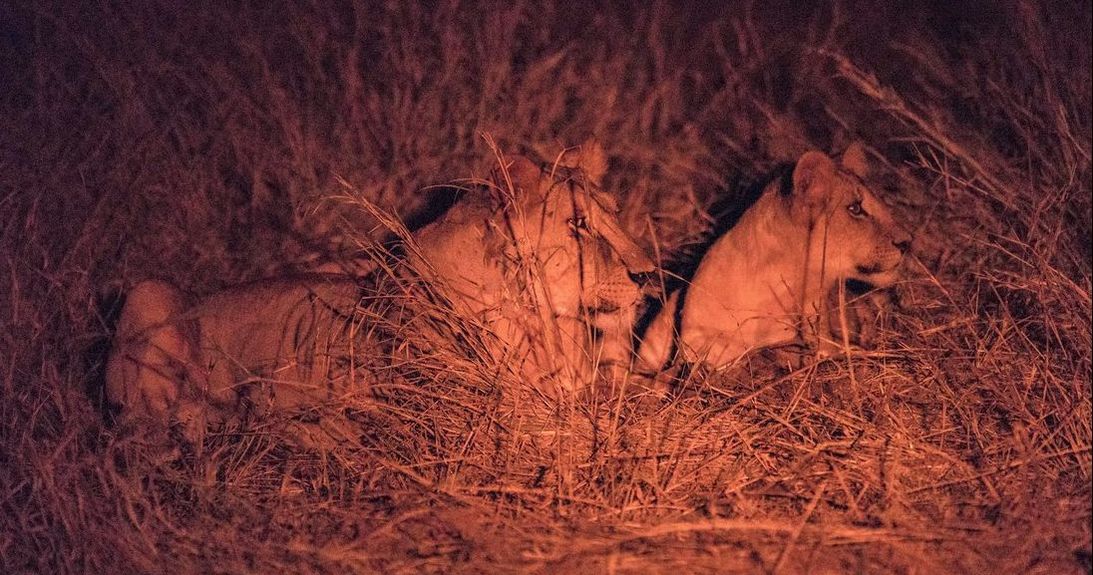
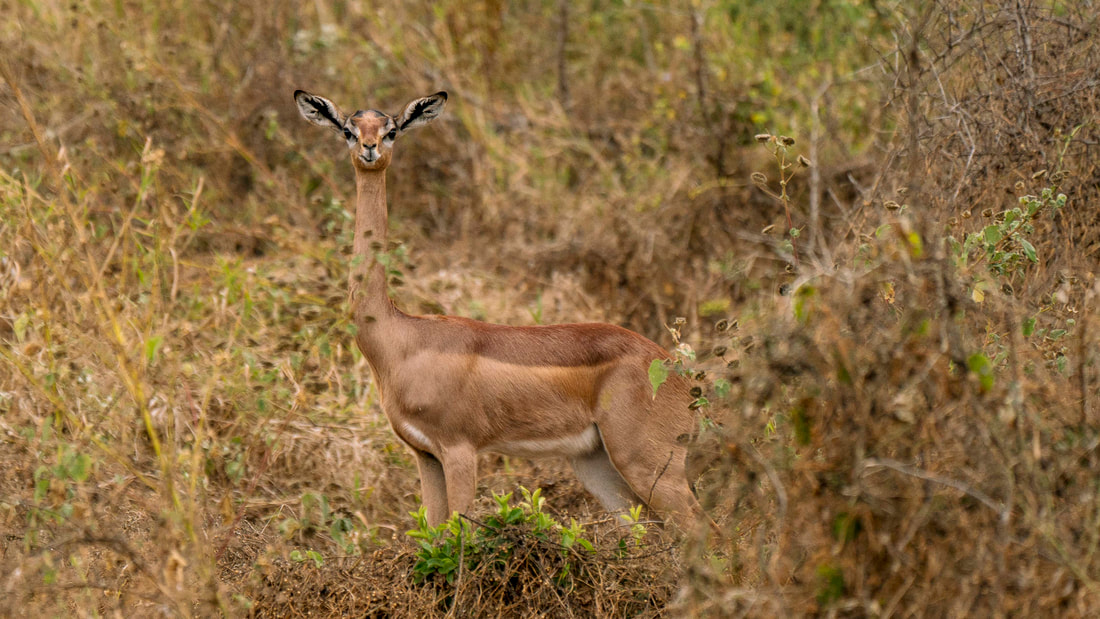
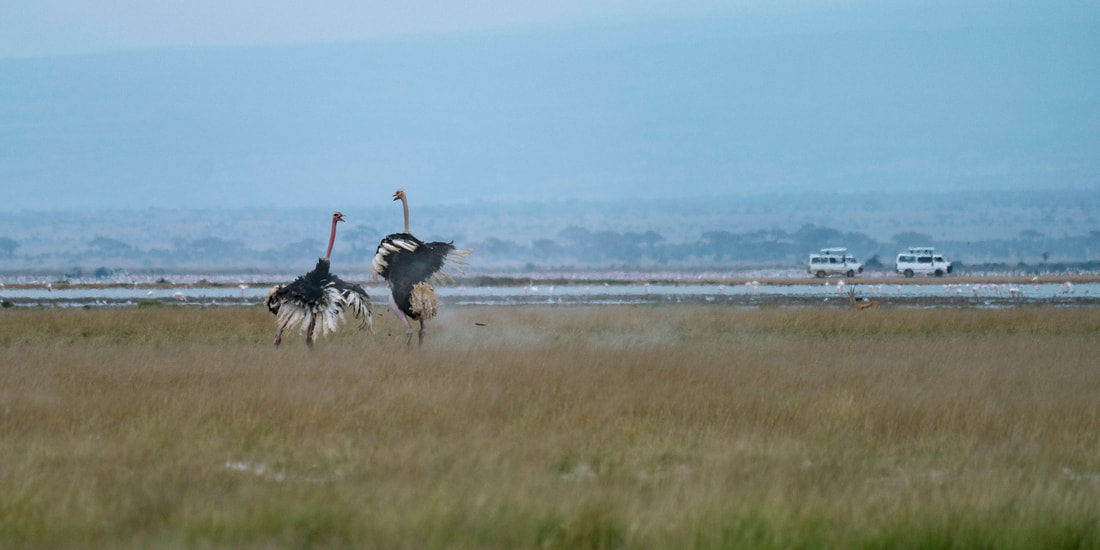
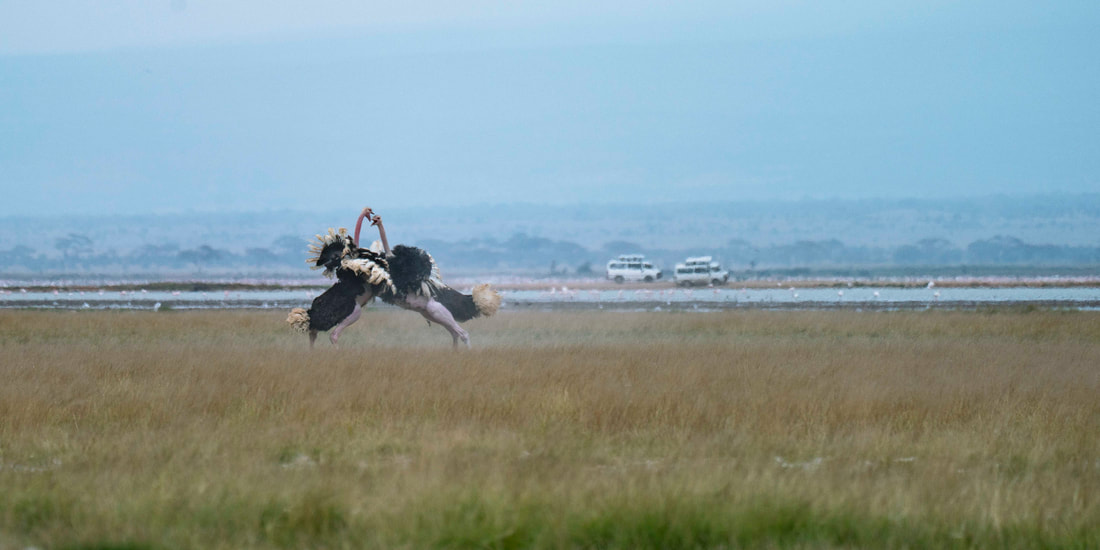
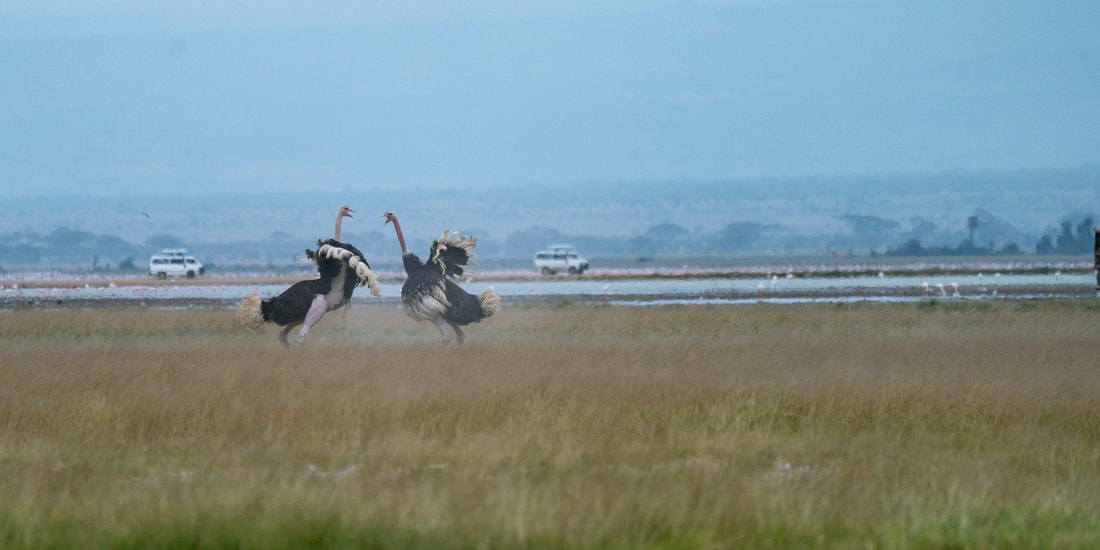
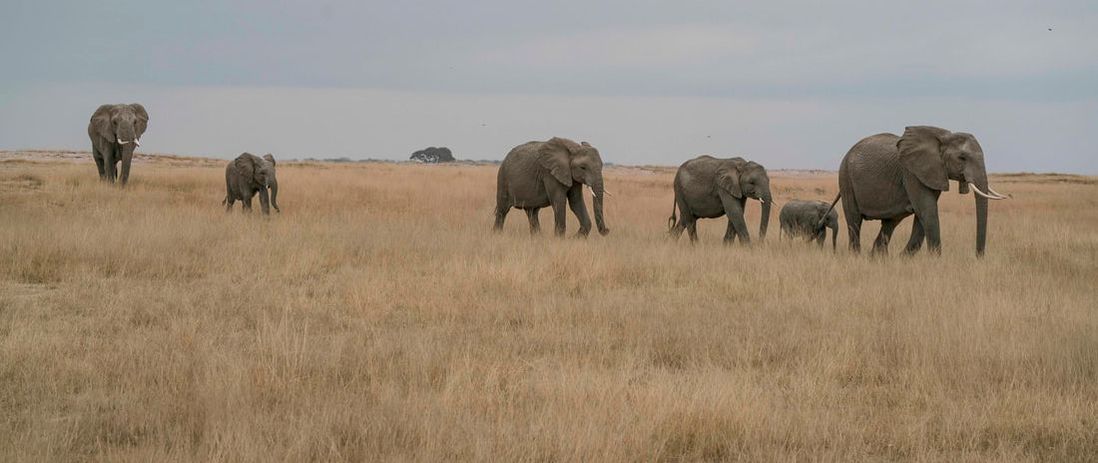
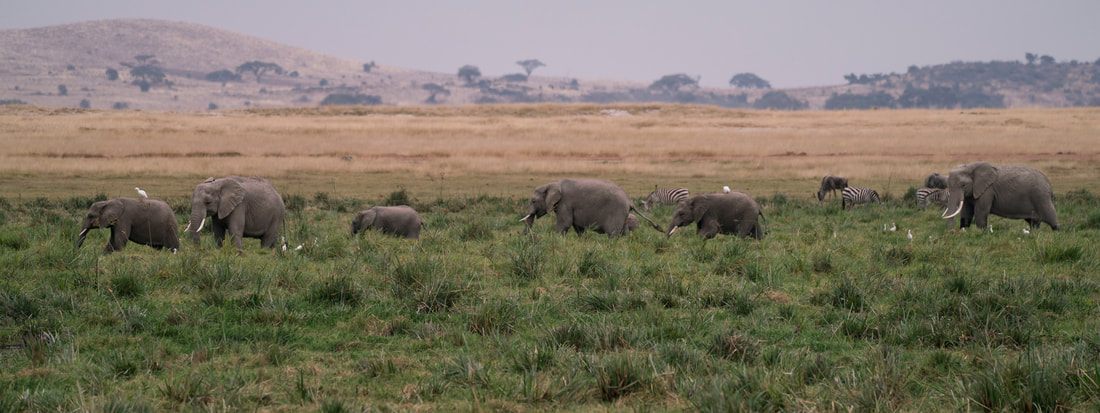
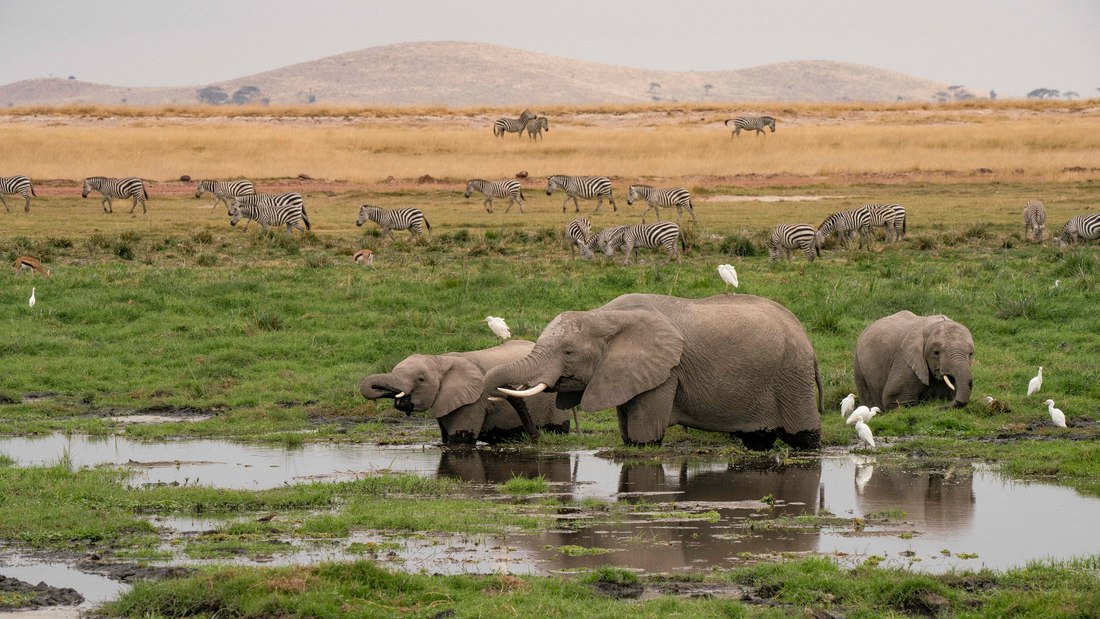
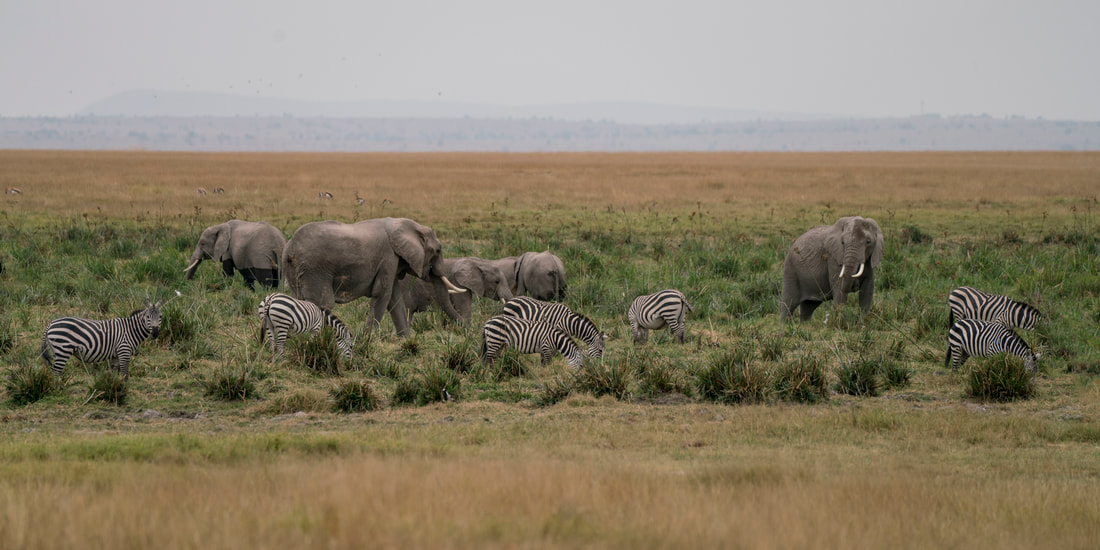
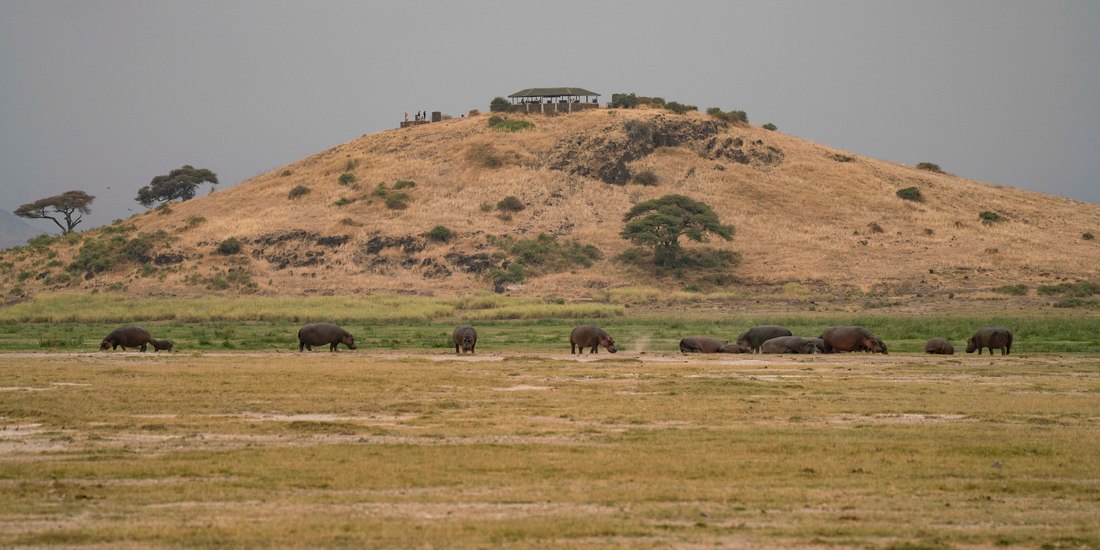
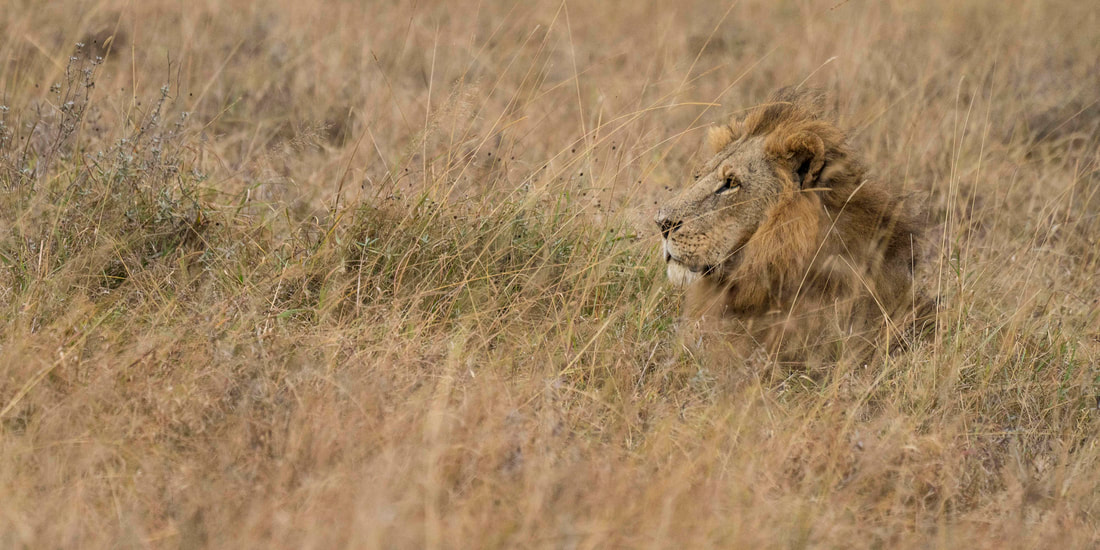
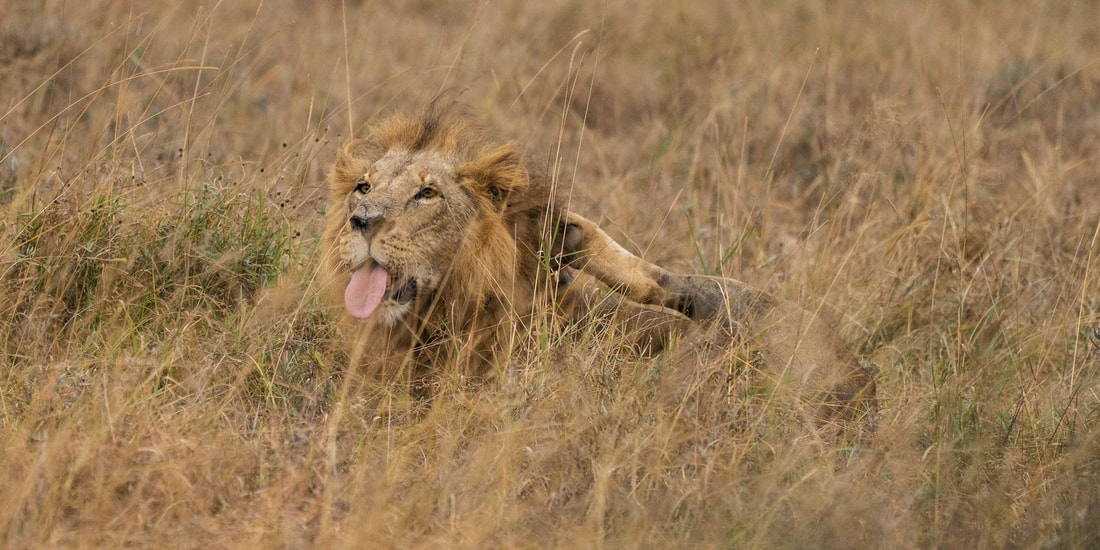
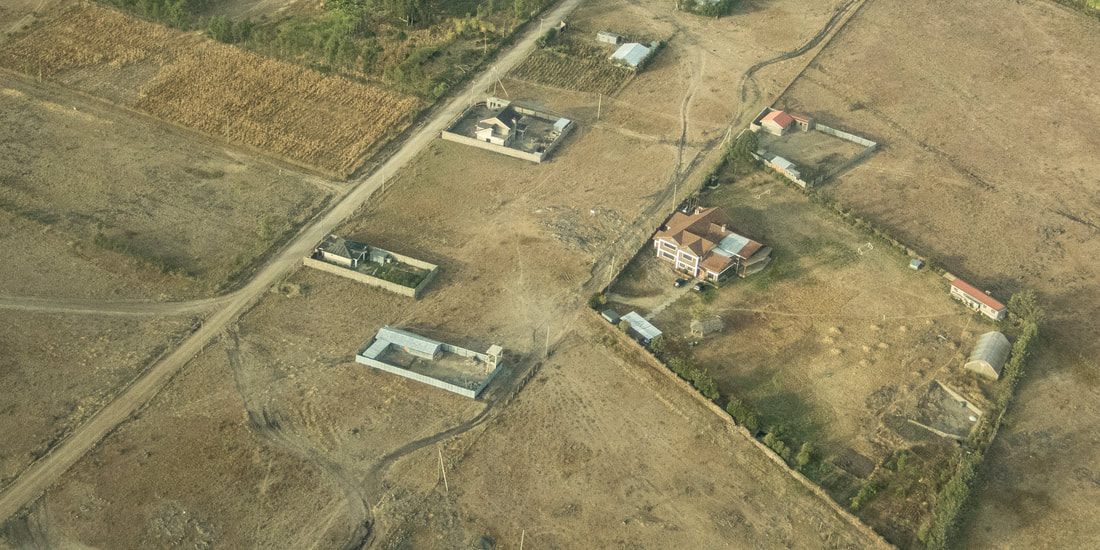
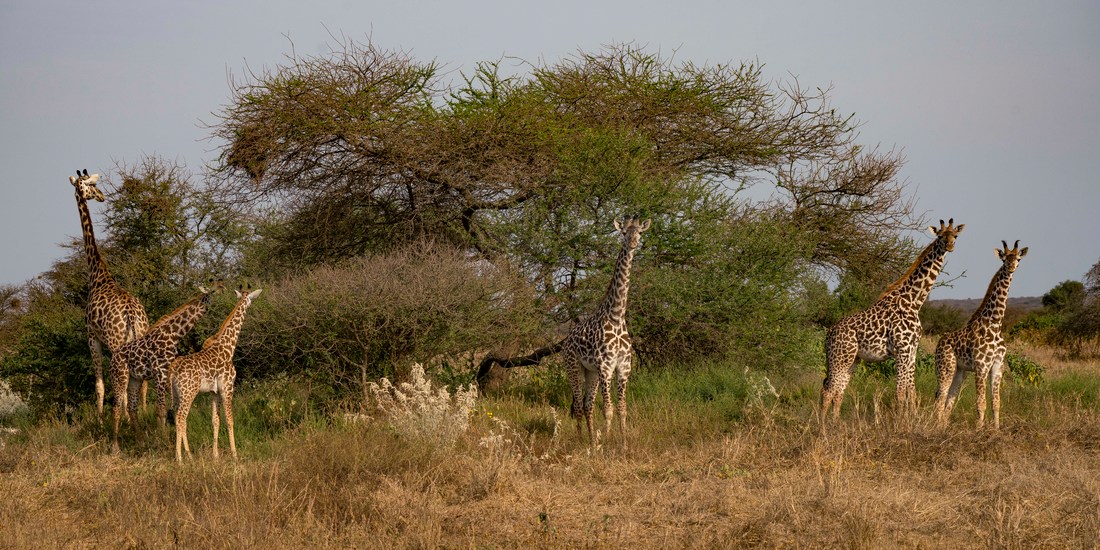
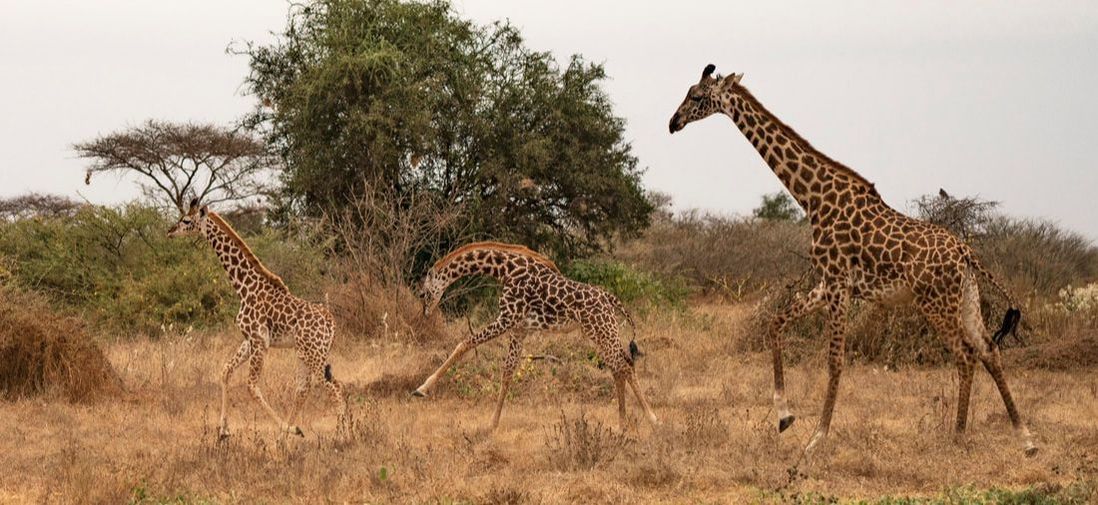
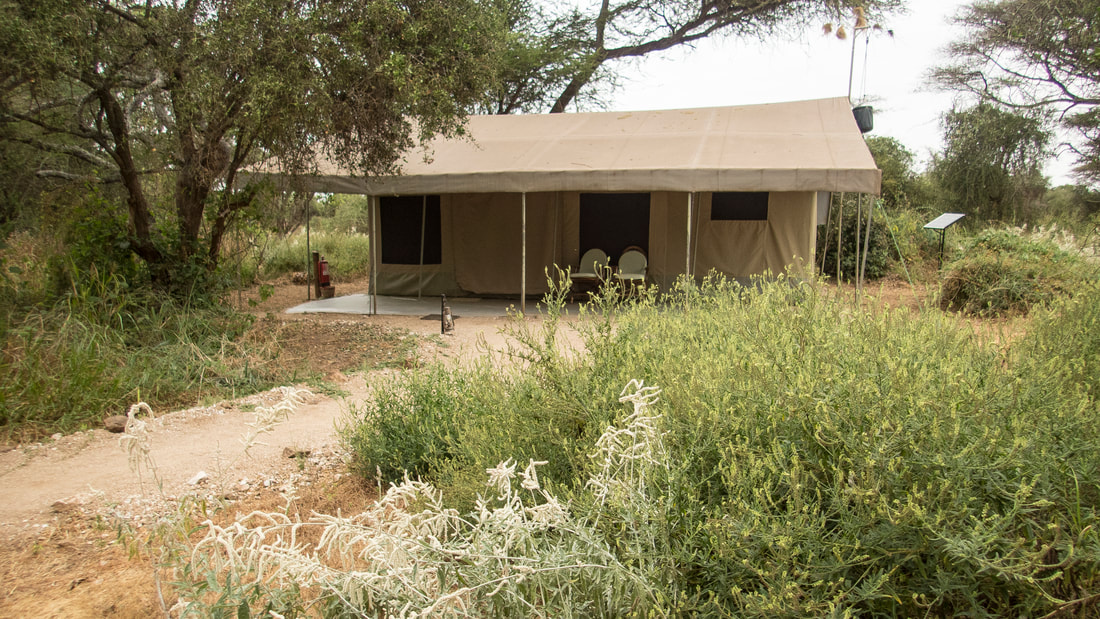
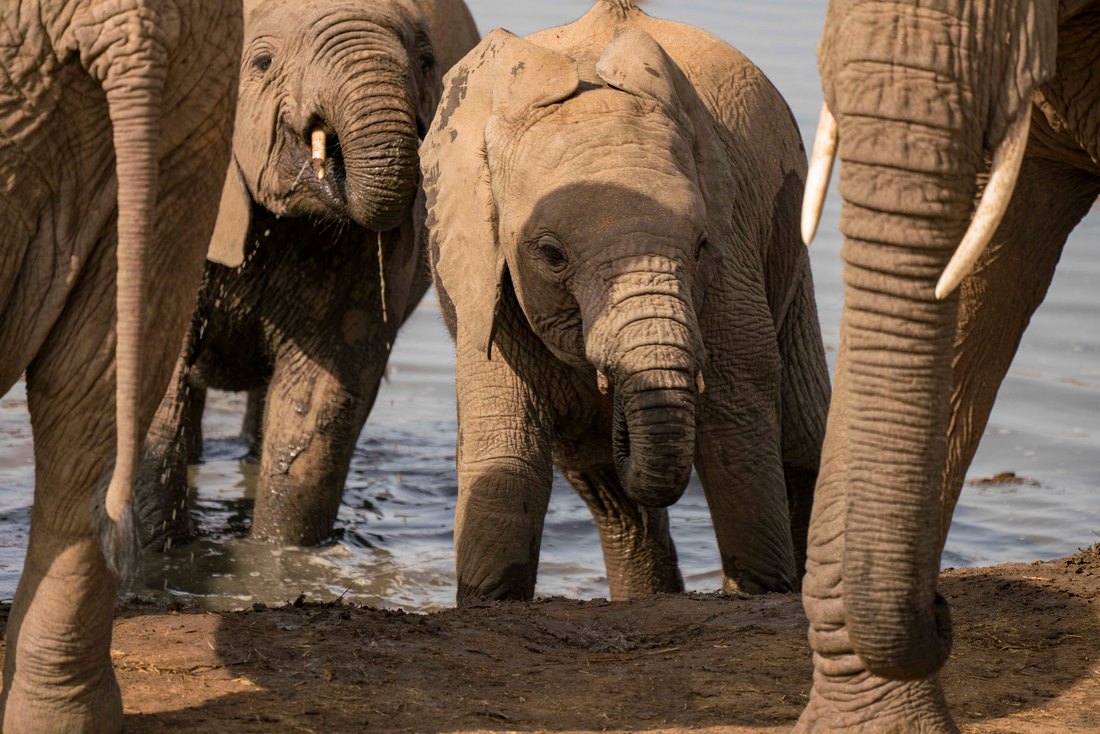
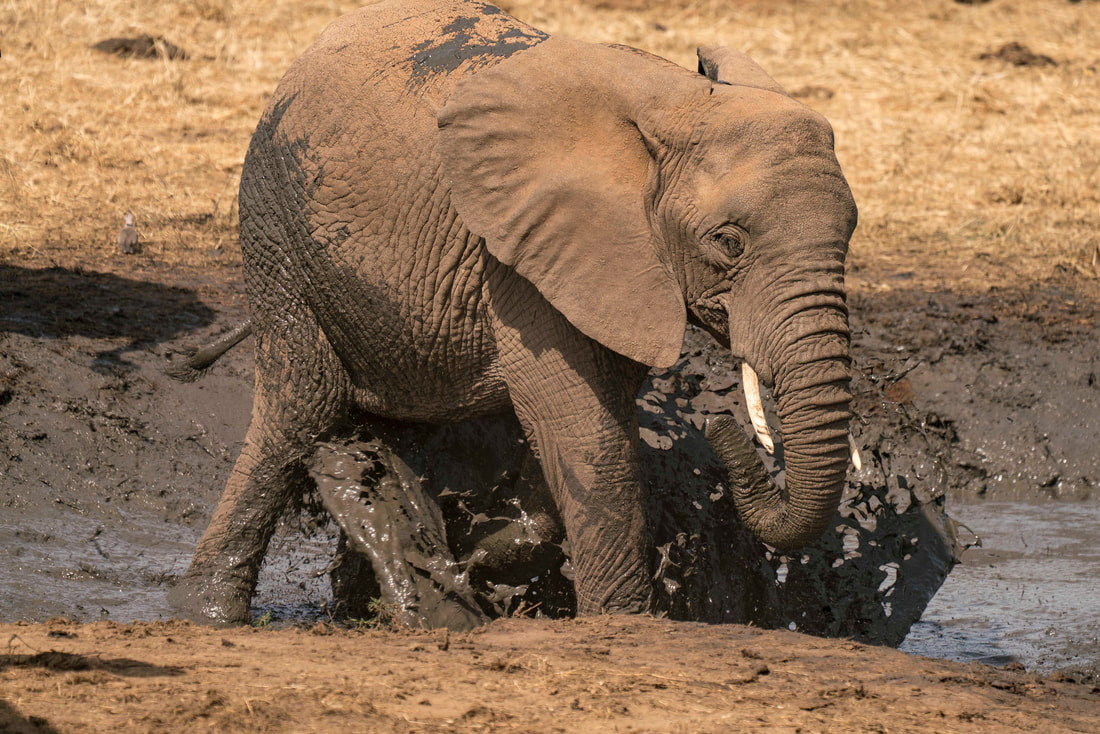
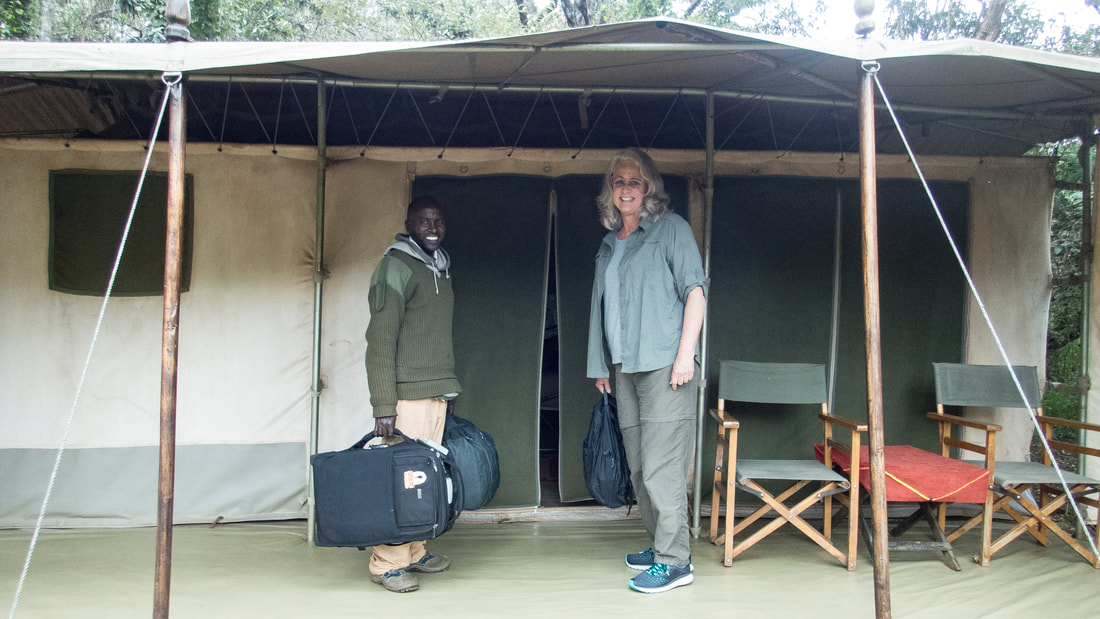
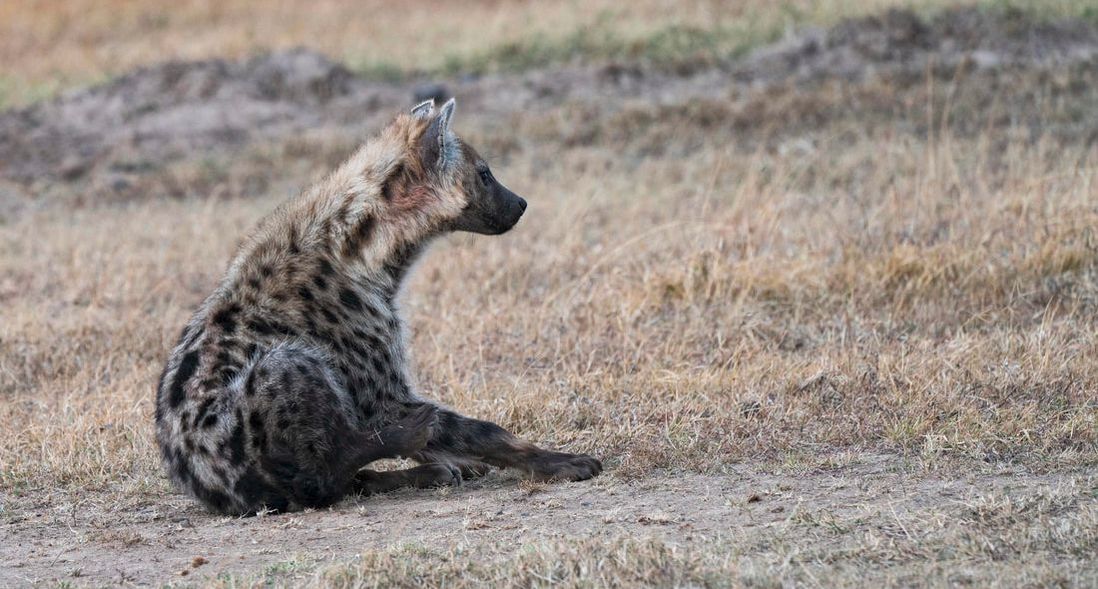
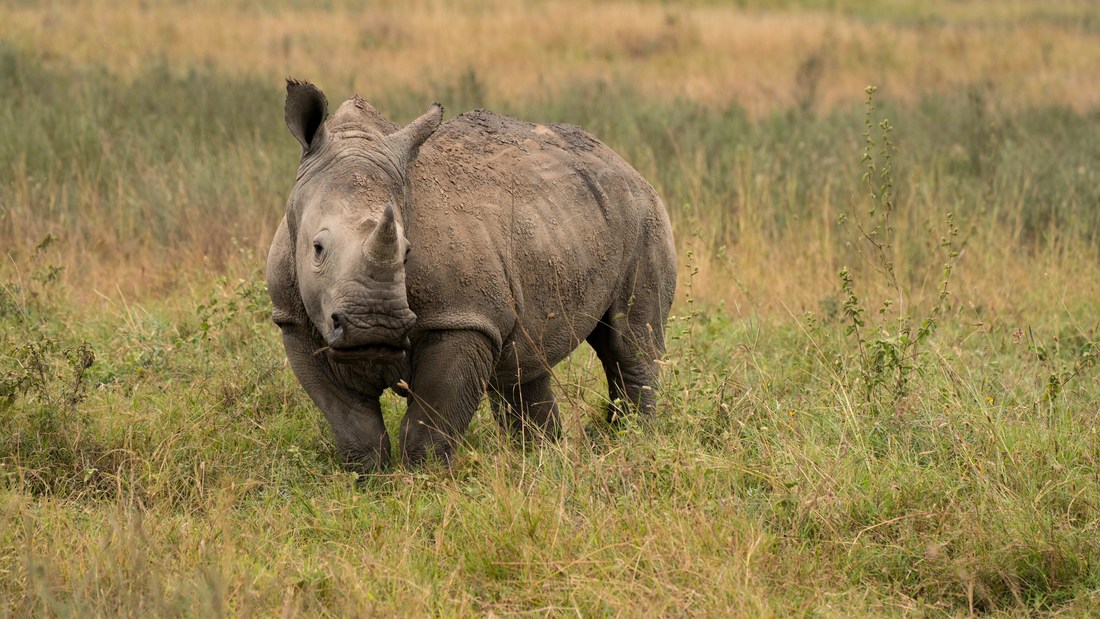
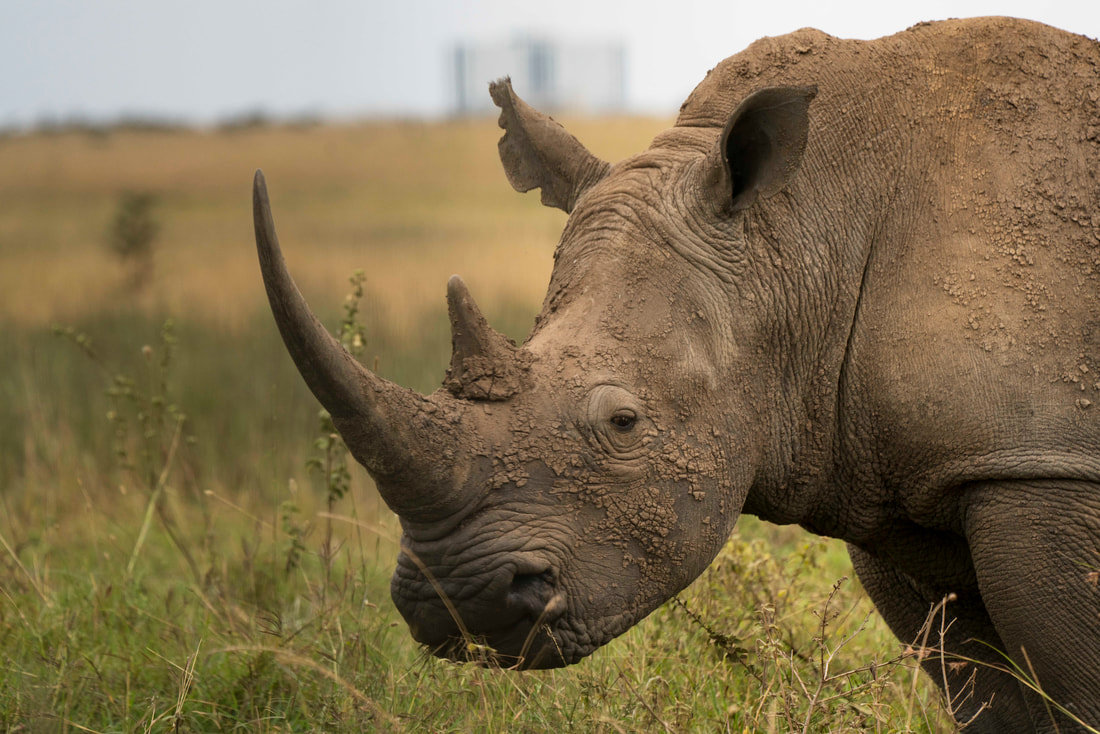
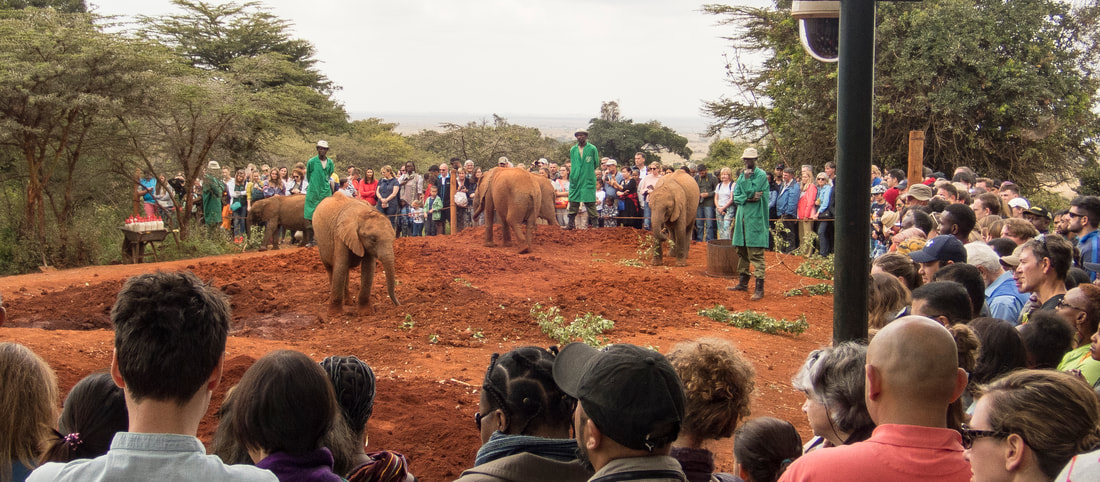
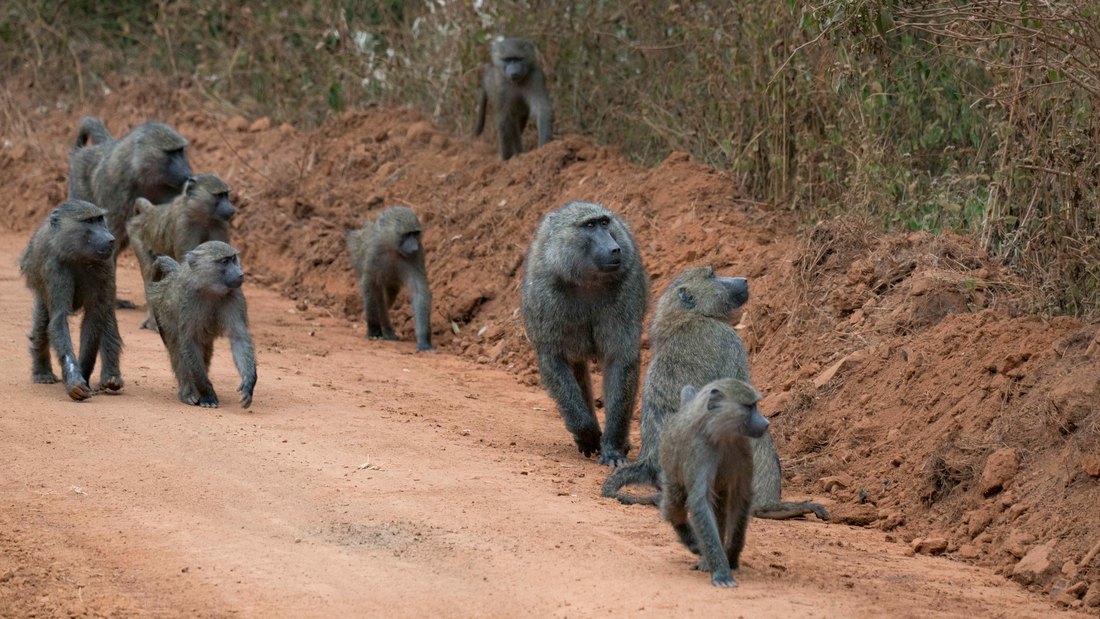
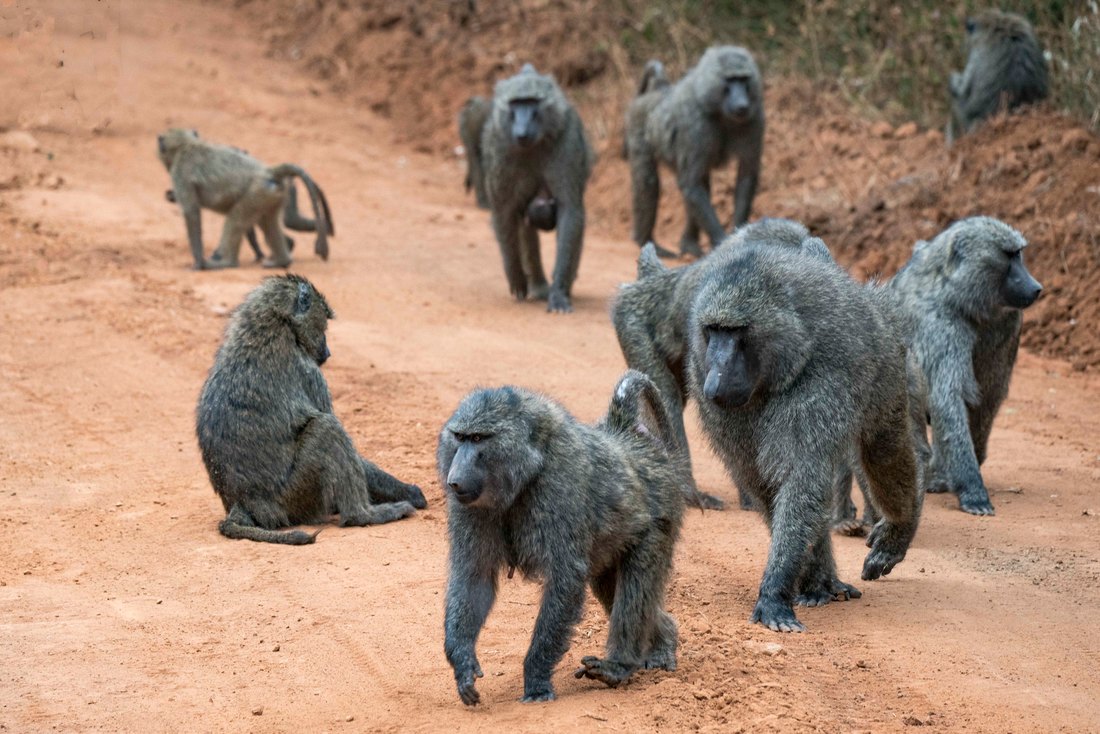
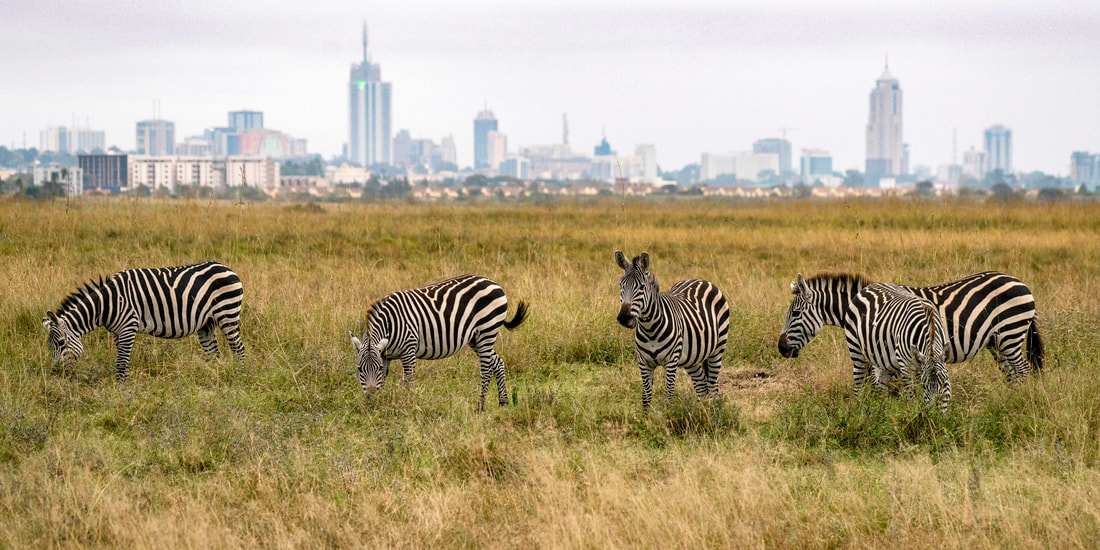
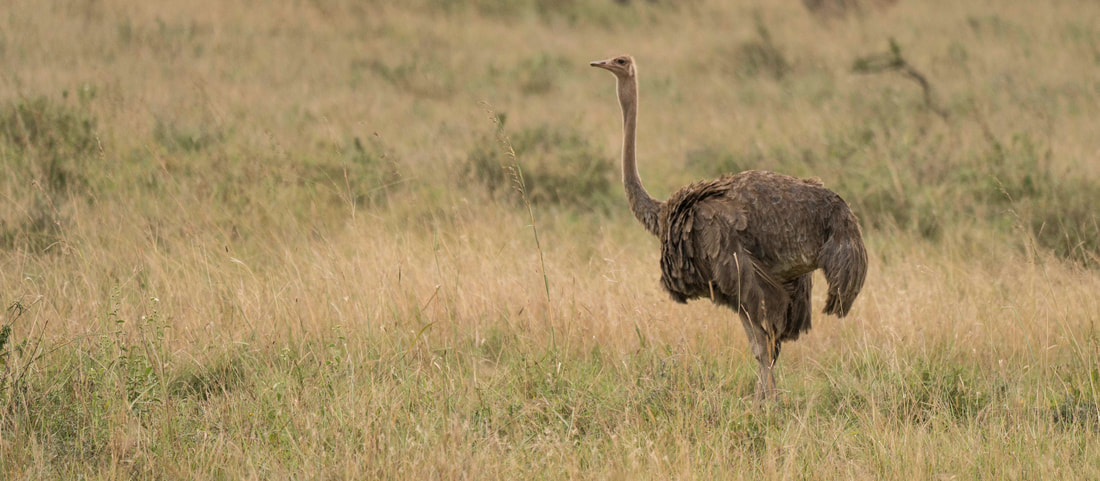
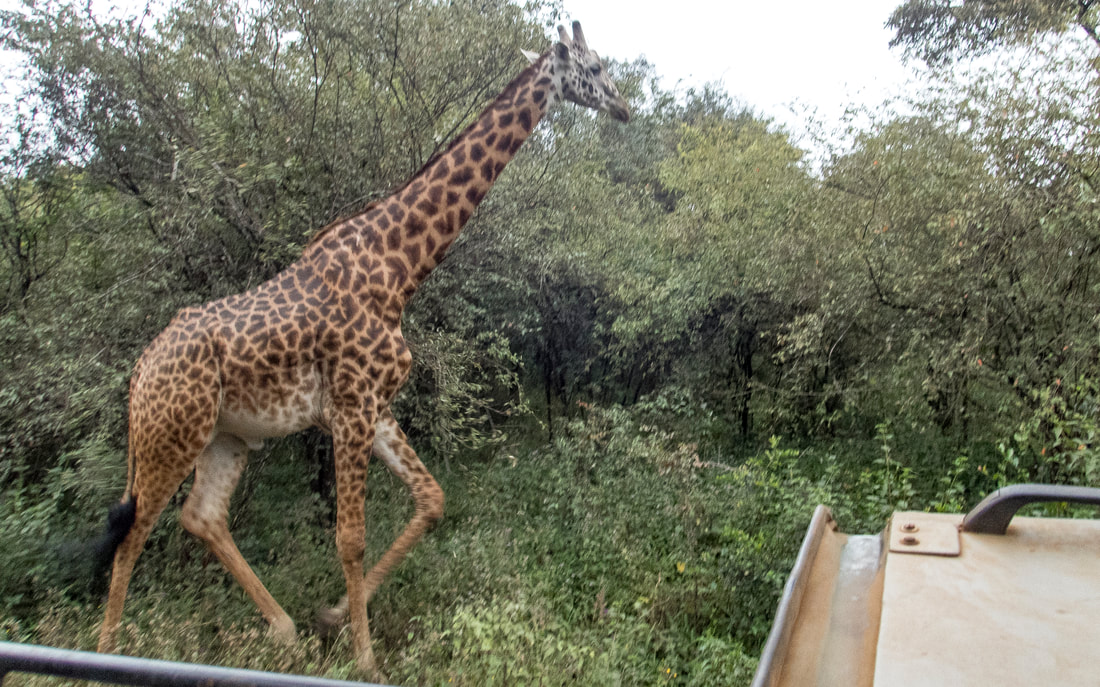
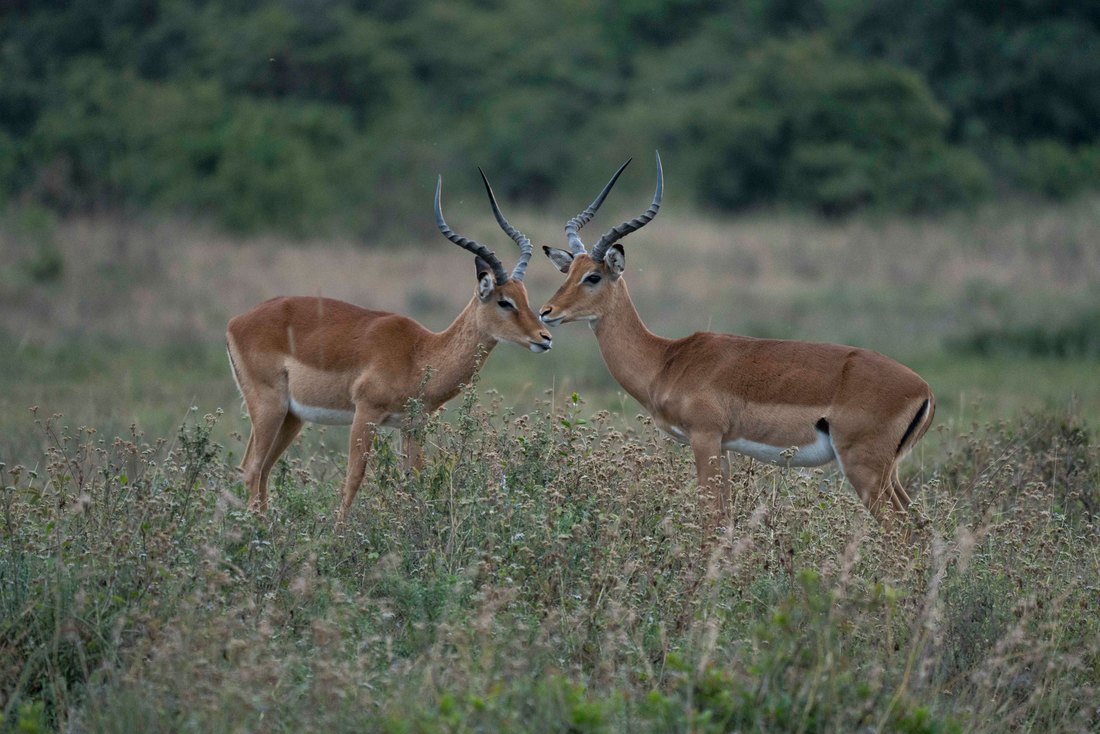
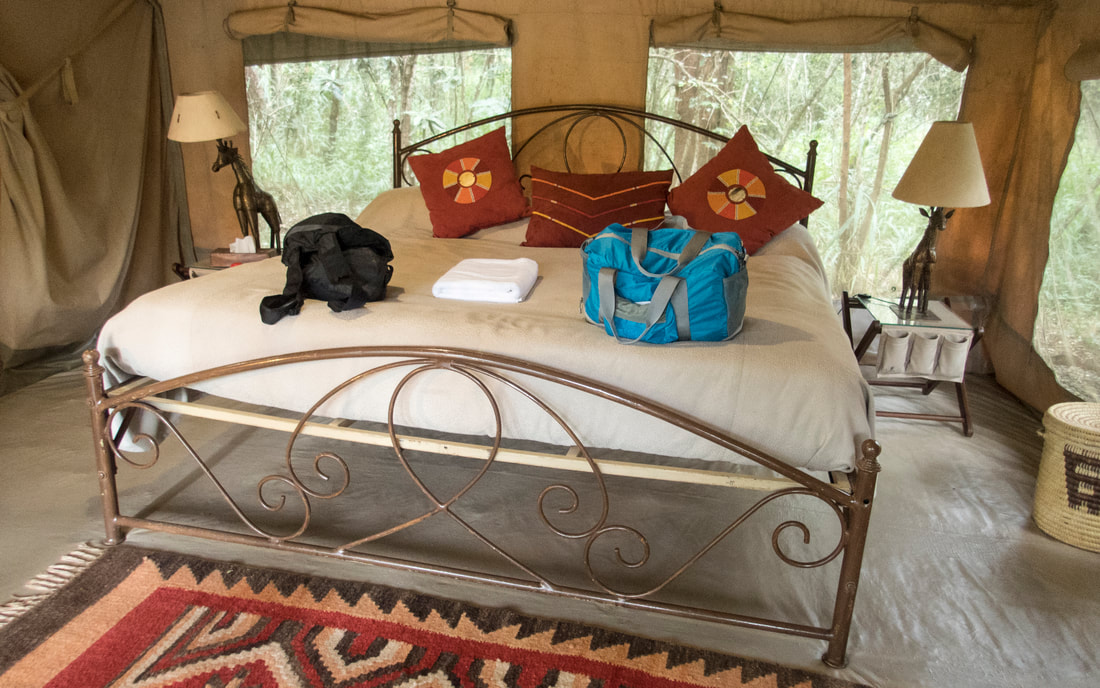
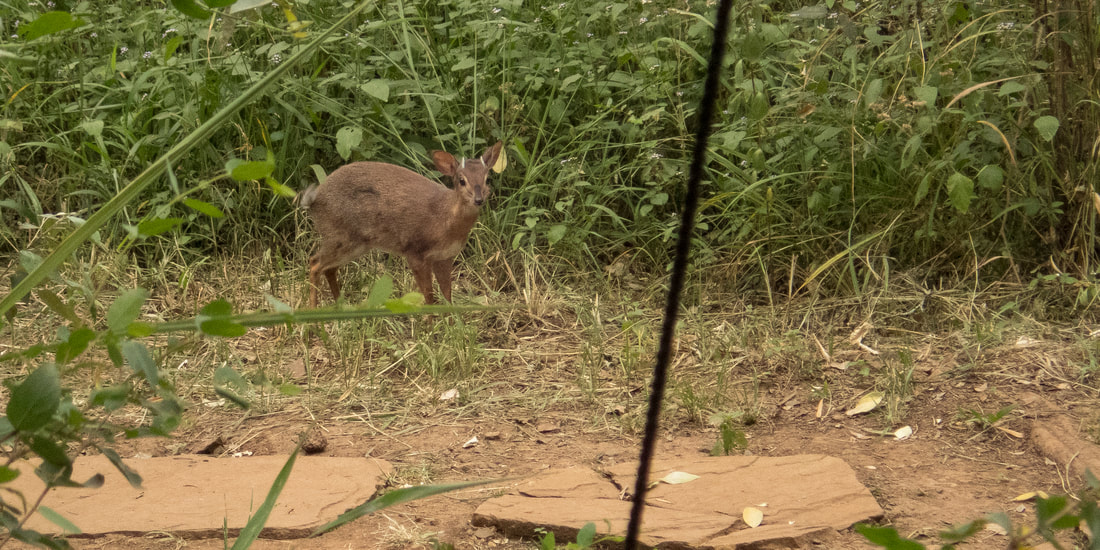
 RSS Feed
RSS Feed